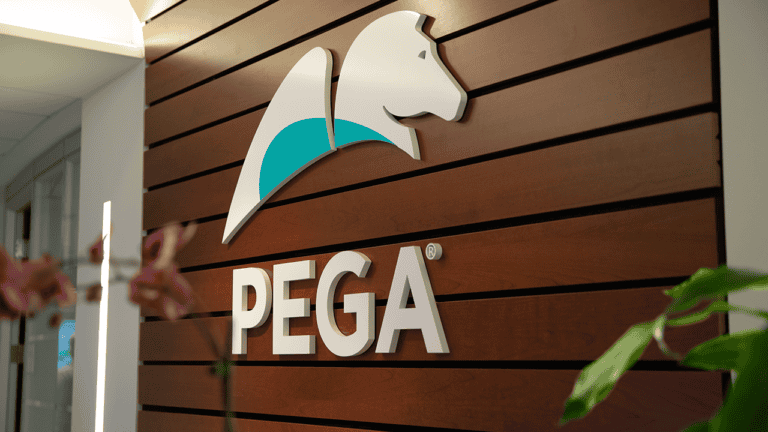Pega GenAI Blueprint gets new features to analyze IT systems quickly so companies can launch modernization projects faster.
Earlier this year, Pega launched GenAI Blueprint, which focuses on quickly and easily reviewing business-critical workflows. Now, new options are being added. The generative AI analyzes existing systems and applications. Then, it creates blueprints for modern, cloud-native applications. Within the Pega platform, IT professionals can collaborate to migrate apps to the cloud.
How it works
For analysis, GenAI Blueprint looks at Business Process Model and Notation (.bpmn) files. Then, Pega converts them into new dynamic workflows using case management. Another key component of the workflow is process mining. Process mining can analyze even systems without .bpmn files and documentation. This tracks inefficiencies and makes processes transparent. A blueprint for a quick start of redesign follows.
Users can also import DDL files directly from legacy systems. Pega GenAI Blueprint analyzes the files and generates a data model for new apps, including data objects, fields, and relationships. This makes data quickly transferable from existing systems to new cloud-native services.
Finally, GenAI Blueprint analyzes OpenAPI documents in YAML, the standard for describing back-end system integrations. It automatically builds new data object models. A virtualization layer integrates workflows and backend systems and puts the data into a data model.
